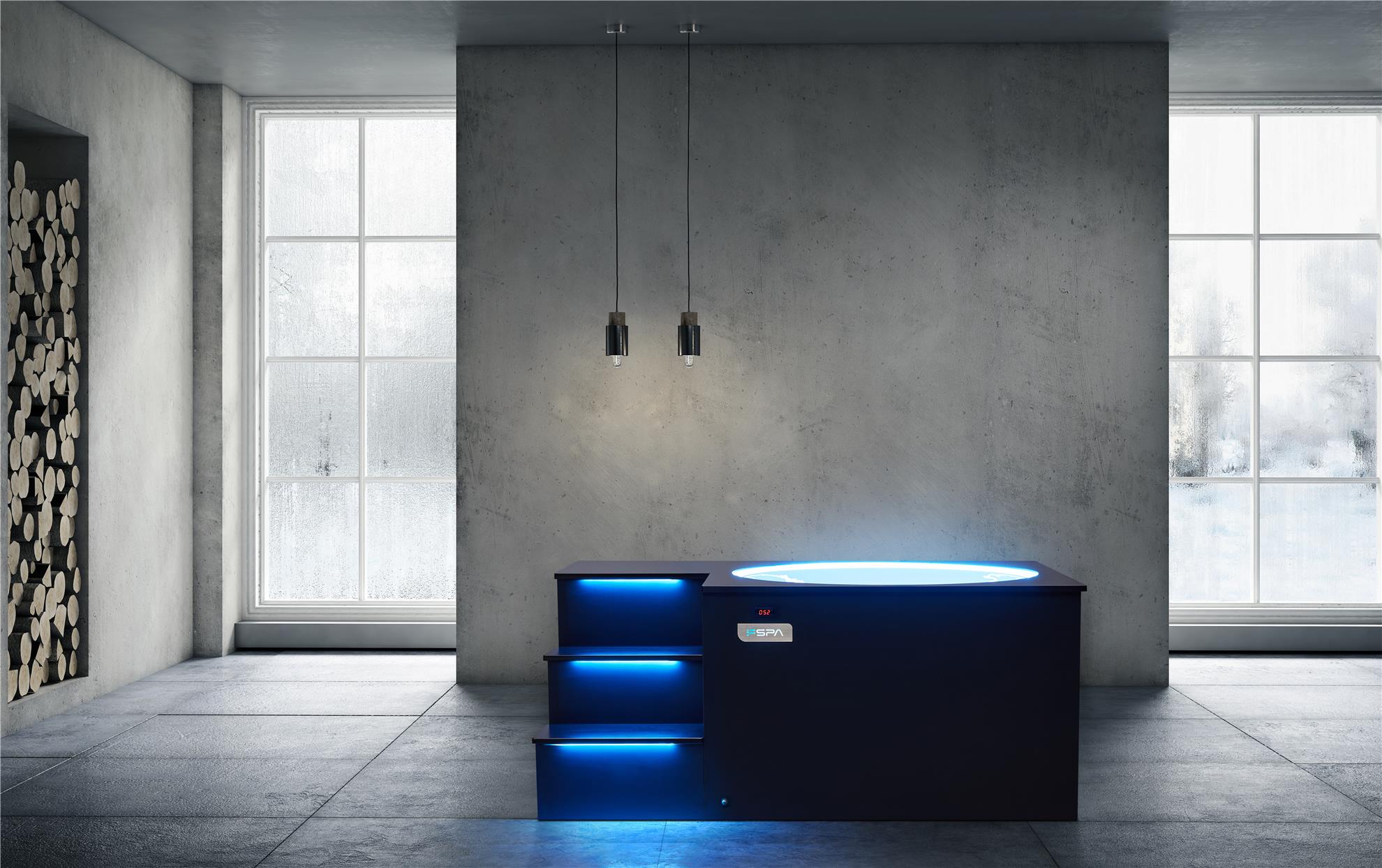Temperature Therapy: Navigating the World of Cold Tubs and Hot Tubs
Within the realm of hydrotherapy, cold tubs and hot tubs emerge as contrasting siblings, each offering a distinct spectrum of benefits and sensations. Despite their shared affinity for water, these tubs cater to disparate needs and preferences, reflecting the diverse ways in which water can be harnessed for therapeutic purposes.
First and foremost, the most glaring distinction between the two lies in their temperature extremes. A cold tub, as its name implies, maintains a frigid environment, typically hovering between 41 to 55 degrees Fahrenheit (5 to 13 degrees Celsius). This icy embrace induces vasoconstriction, causing blood vessels to constrict and facilitating the reduction of inflammation and the numbing of pain—an approach often favored in sports recovery.
In stark contrast, a hot tub luxuriates in warmth, maintaining temperatures ranging from 100 to 104 degrees Fahrenheit (38 to 40 degrees Celsius). The heat triggers vasodilation, prompting blood vessels to dilate and enhancing blood circulation. This not only eases muscle tension but also provides a serene environment conducive to stress relief, making hot tubs popular for relaxation and socializing.
The therapeutic applications of these tubs diverge significantly. Cold tubs are celebrated for their role in post-exercise recovery, particularly in the sports world. Athletes often plunge into icy waters to expedite muscle recovery, reduce swelling, and alleviate soreness. On the other hand, hot tubs are renowned for their ability to create a haven of tranquility. The warm water relaxes muscles, promotes mental well-being, and serves as a communal space for unwinding with friends and family.
Beyond temperature, the maintenance requirements of cold tubs and hot tubs present notable disparities. Cold tubs, with their lower temperatures, generally demand less energy to maintain. The colder environment also hinders bacterial growth, simplifying the cleaning process. Hot tubs, however, necessitate consistent heating, resulting in higher operational costs. The warmer water can foster microbial activity, demanding more diligent attention to water quality and sanitation.
Social dynamics also contribute to the differentiation between cold and hot tubs. Cold tubs, with their invigorating and bracing nature, often cater to a quick, solo experience—ideal for a rapid recovery session. Hot tubs, on the other hand, embody a social oasis. They beckon individuals to immerse themselves in warm waters, fostering relaxation and connection among friends or family.
In conclusion, the juxtaposition of cold tubs and hot tubs extends beyond the temperature spectrum. From their therapeutic applications and maintenance needs to the social experiences they offer, these aquatic entities stand as epitomes of the diverse ways water can be harnessed for health and well-being. Whether seeking the chilling embrace of ice for recovery or the soothing warmth of a hot tub for relaxation, both tubs carve unique niches within the vast landscape of hydrotherapy.

